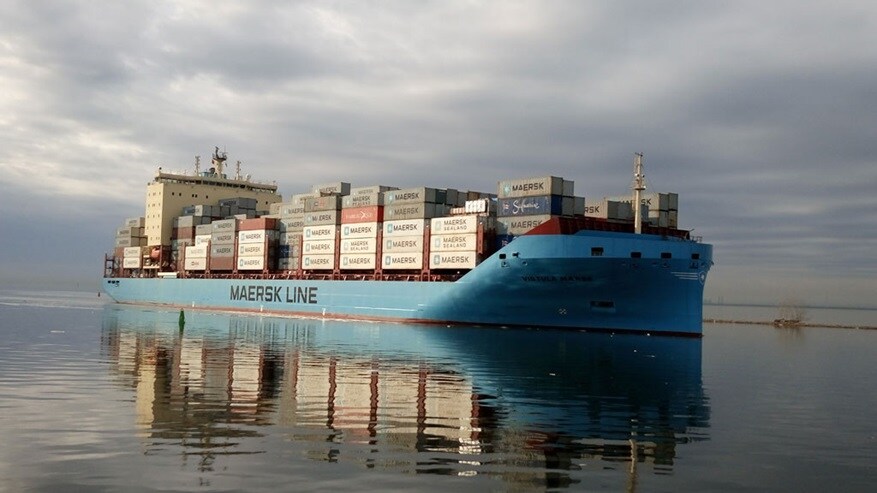


In a report released, Danish shipping giant Maersk pointed out that the average effective tariff currently borne by US importers for goods is 21%. Although this figure has dropped significantly from the peak of 54% in April, it remains at a relatively high level, indicating that global trade is still on high alert with a high degree of uncertainty. Maersk also specifically mentioned that as the moratorium period for equivalent tariffs is about to end, the outcome of trade negotiations will have a significant impact on the global trade trend and consumer sentiment in the coming months.
In its "Strategic Insights" report, Maersk made an estimate based on its own "actual average tariff rate weighted by container weight" indicator. On April 2nd, the Trump administration imposed new tariffs on almost all of its trading partners, a move that rapidly pushed the effective tariffs up to 41%. From April 9th to 11th, the trade conflict between the United States and China escalated further, with the average effective tariff climbing to a historical high of 54%. However, after the United States and China lifted some tariffs on May 11th, the average tax rate immediately dropped to 21%.
As the deadline for trade agreement negotiations between countries and the Trump administration approaches, Maersk emphasized in its report: "The world's attention is focused on the tariff trends in July and August." These two months will be a period of intense negotiations between the United States and various countries, and the outcome is likely to influence the subsequent development of global trade and consumer confidence.
As the United States and China reached a tariff reduction agreement in mid-May, enterprises rushed to complete their shipments within the 90-day grace period, thus triggering a new wave of inventory build-up. Many American importers chose to place orders in advance in the first half of the year to avoid possible high tariffs, which led to a sharp increase in short-term container demand on North American routes and a corresponding rise in freight rates.
Maersk stated that the overall demand for container transportation remained quite strong in the first half of 2025. Some customers even shipped their goods in advance before the tariff policy officially took effect, which demonstrated that the market has a certain ability to respond proactively.
However, this peak in freight rates did not last long. As various shipping companies adjusted their transportation volumes and routes, and small and medium-sized carriers also joined the transportation sector one after another, the supply of transportation increased significantly. By the end of June, freight rates had already dropped.
In addition, Maersk has also observed that in recent years, many large American customers have begun to gradually reduce their reliance on China. Take clothing and fashion company clients as an example. Nowadays, their reliance on China has dropped to single digits.





